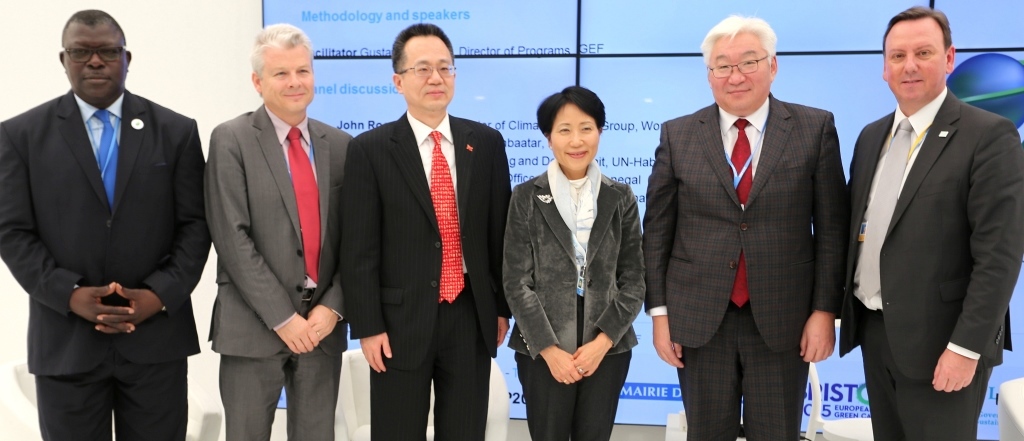TAP Time: Europe (3)
“TAP Time” sessions at the Cities & Regions Pavilion showcase the most promising projects from the Transformative Actions Program (TAP). Today during the European TAP time, the cities of Bristol (UK), Reykjavik (Iceland) and Malmö (Sweden) gave us different and innovative ways to envision and implement solutions for low-carbon and resilient cities.
The session began with the presentation of the Bristol Brain project. The Bristol Brain is a new multidimensional integrated and interactive approach to city planning, and especially to the use of city data. It is designed to challenge current approaches to city planning. More often than not, these are limited, one dimensional and static. Mayor of Bristol George Ferguson explained: “Traditionally, city planners have worked with the best data they can get rather than the data that they want. The Bristol Brain will enable us to make more intelligent decisions by simulating the results of our actions.”
The Bristol Brain will re-imagine how cities plan for the future by using analytics, real-time data and immersive 3D environments. This will allow citizens and planners to plan the city with the aid of a conceptual, virtual model city designed with real-time data and realistic behavioural projections. It will address questions including how motorized, bicycle or pedestrian traffic will be affected by future development. The data projected in the model also includes social, economic and environmental factors. According to Bristol, this is a long-term project that will bring about massive changes in the next few years.
Reykjavik and Malmö share the belief that city planning and new developments must be the result of a learning process. However, they encourage real-life testing or learning by doing. Reykjavik shared the results of their summer street projects, where citizens reclaim streets and other public areas of the city center for recreational use or simply to encourage pedestrian mobility. This is of particular importance in a city where 69% of the greenhouse gas emissions come from the transportation sector.
Finally, Malmö stressed the importance of engaging with the private sector and developers around a city planning project to encourage them to think outside the box. The city wants to explore solutions that are both climate-smart and affordable. One of their specific challenge is to answer a growing demand on housing in a city that has a relatively high unemployment rate. To this end, the city has selected an area and is asking businesses to engage and propose ideas that are everything but business-as-usual. The city is daring to make this development area a testbed for affordable and climate-smart development, and encourages business to be creative. Ideally for them, these firms would then be able to commercialize their ideas elsewhere.
All three session demonstrated that there are ways to envision a climate-smart city. T0he name of the game is to imagine and test, with the mindset that even the most ambitious low-emission and resilient cities can be not only imagined but achieved.





